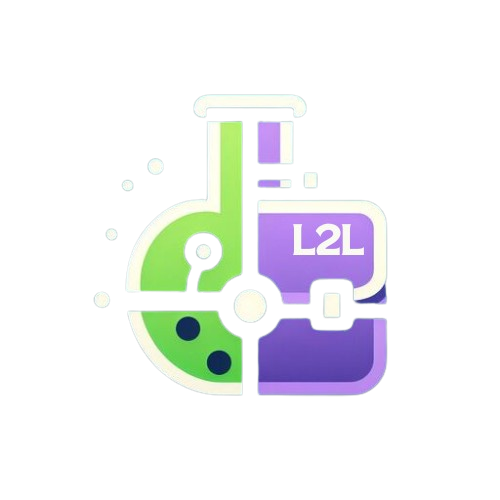Rehabilitation
Partners in Progress The Role of Occupational Therapists in Prosthetic Adaptation
Written by Maria Bilat
November 25th, 2024
Introduction
Losing a limb is a life-altering experience that brings immense physical, emotional, and psychological challenges. Many patients struggle with the initial shock of the loss, the emotional and physical recovery, and the rehabilitation process.
Adapting to a new reality can seem daunting, but thanks to medical technology advancements and the dedicated support of healthcare professionals, many patients restore functionality and improve their quality of life.
Some patients choose to use a prosthetic device following amputation. Each person’s experience varies depending on factors such as lifestyle, functional goals, and overall health. Rehabilitation—through physical and occupational therapy—is pivotal in the successful use of a prosthesis.
What Do Occupational Therapists Do?
Occupational therapists (OTs) are licensed healthcare professionals who help people engage in daily activities they need or want to do. They adapt tasks and environments to make life easier for people recovering from injuries, managing disabilities, or adjusting to new medical conditions.
OTs can specialize in many areas, including:
- Gerontology
- Pediatrics
- Physical rehabilitation
- Prosthetic adaptation
Education Pathway
To pursue a career in prosthetics-focused occupational therapy, the path usually includes:
- 4-year Bachelor’s degree in a science-based discipline
- 2–3 year Master’s degree in Occupational Therapy
- Passing the NOTCE (National Occupational Therapy Certification Examination) licensing exam
- Specializing in prosthetics or another focus area
In Ontario, OTs who work with prosthetics must be registered as Authorizers under the Assistive Devices Program. This requires:
- Holding a valid certificate of registration from the College of Occupational Therapists of Ontario
- Actively participating as a member of an Amputee Team or an Externally Powered Upper Limb Prostheses Clinic⁵
OTs in the Prosthetic Journey
Occupational therapists support patients through every step of the prosthetic process:
- Before fitting – OTs guide patients through exercises to strengthen the residual limb, improve flexibility, and activate muscles necessary for prosthetic use
- During fitting – They help patients learn how to operate and adapt to their new limb
- Rehabilitation – OTs integrate prosthetics into daily routines, improve mobility, and recommend pain management strategies
- Environmental adaptation – They may suggest changes at home, school, or work to help patients function comfortably and safely
Through these efforts, OTs not only enhance physical ability but also provide emotional and social support, helping patients build confidence and resilience.
Conclusion
Occupational therapists are partners in progress for individuals adapting to prosthetics. They ensure patients regain functionality, independence, and hope. By blending medical expertise with compassionate care, OTs empower patients to embrace their new reality with strength and dignity.
Footnotes
- The Surgical Clinic. Prosthetic Basics: Adapting to Life with a New Limb
- WebMD (2023). What Is an Occupational Therapist?
- Net Health (2024). Types of Occupational Therapy: Specialties That Set the Profession Apart
- Indeed (2024). How to Become an Occupational Therapist (With Key Skills)
- Government of Ontario – Ministry of Health (2024). Register as an Authorizer or Vendor with the Assistive Devices Program
- The OT Centre. Occupational Therapy for Limb Amputation
